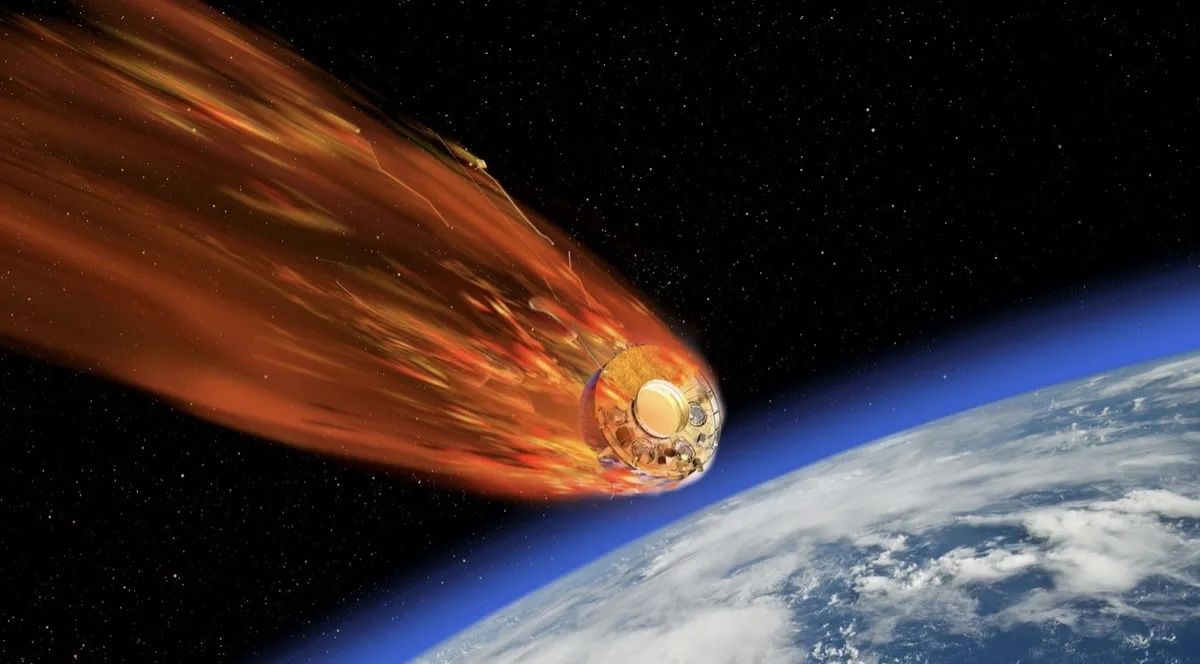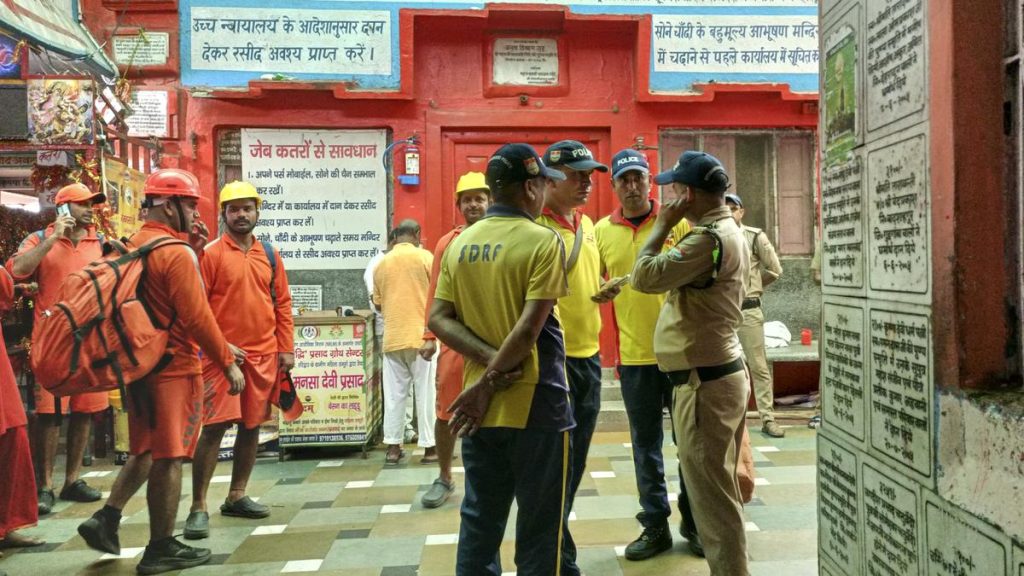Now Reading: Soviet Spacecraft Nearing Earth Shows Possible Parachute Deployment: Images Suggest
-
01
Soviet Spacecraft Nearing Earth Shows Possible Parachute Deployment: Images Suggest
Soviet Spacecraft Nearing Earth Shows Possible Parachute Deployment: Images Suggest

swift summary
- The Soviet Kosmos 482 lander, launched in 1972 as part of the venera program to explore Venus, is tumbling back to Earth.
- A malfunction during launch split the spacecraft; its main body crashed to Earth in 1981, while its lander section remained trapped in orbit.
- Recent satellite images reveal an unknown structure trailing behind the lander, speculated by astronomers like Ralf Vandebergh to perhaps be its parachute.
- Designed to endure Venus’ extreme atmosphere conditions, the 495-kilogram spacecraft is expected to survive reentry mostly intact when it hits Earth around May 10.
- If the trailing structure is indeed a parachute, experts predict it might burn up and have no effect on decelerating reentry speed during descent (estimated at 150 mph).
[Image Caption]: “Images captured ten years apart show faint structures trailing behind Kosmos 482.” (Image credit: Ralf vandebergh)
[Related Article]: 5,000-pound european satellite burns up over Pacific Ocean after decades in orbit.
Indian Opinion Analysis
Kosmos 482S return exemplifies how orbital debris from past space missions continues affecting global safety and scientific curiosity decades later. While primarily outside India’s domain of obligation or immediate outcome-India remains committed through ISRO’s Mission Shakti-like awareness counterparts past align heavy precedence quietened Structural integrity Planets histories mature yet scientists policymakers globally strengthened!
























